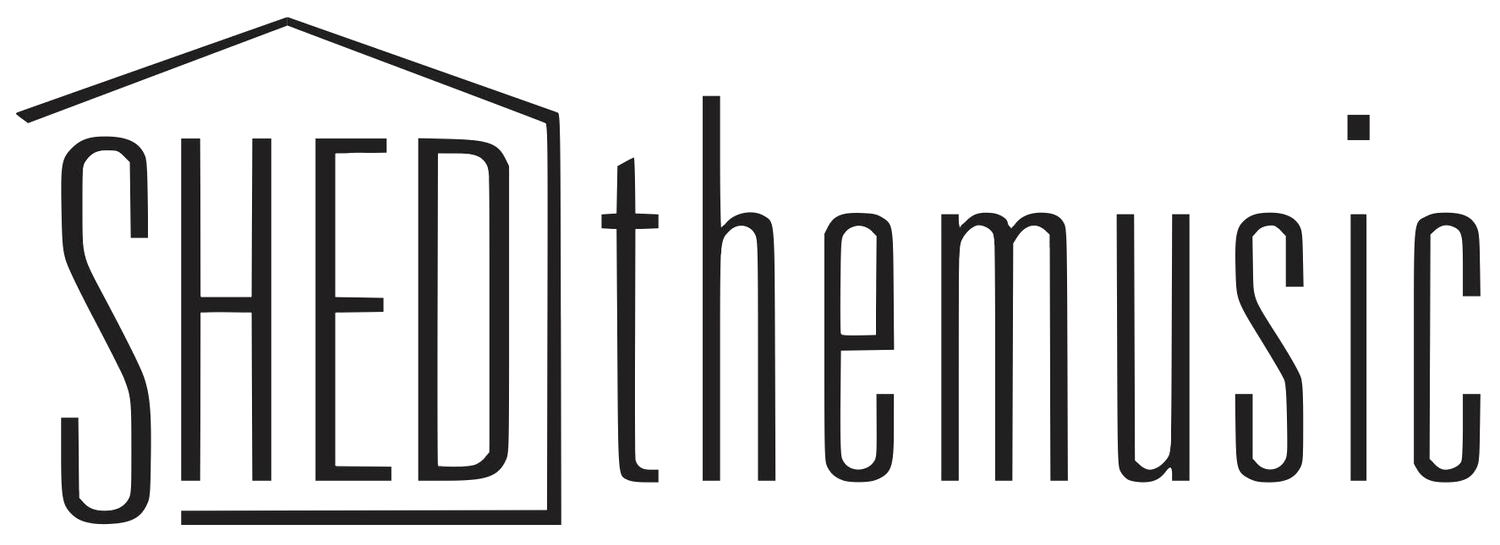production through performance
music technology curriculum
5.5 lesson plan // free voice melody with non-chord tones
objective
Students will be able to play and record a multi-voice melody with non chord tones using free-voice leading and melodic rhythm.
Resources
Non-Chord Tones →
Assessment
5.5 Project Rubric →
Preparation
Create a chord progression for the class and play it on loop.
Have students audiate (sing in their head) a melody while the chord progression is playing.
Instruct students to sing their melody into a recorder app on their phone or tablet.
Have them transcribe the melody using a piano and analyze the chord tones and non-chord tones.
process
Write a chord progression, identify the roman numerals, indicate the letter name and quality of the chords, and invert the triads to maintain smooth voice leading on the chord progression organizer.
Create a chord part with a pads and punches, ostinato, or riff rhythmic role.
Compose a melodic rhythm with syncopation, repetition, and space.
Use the notes from multiple voices (bottom, middle, or top) inside each measure and between measures.
Create a melody with chord tones and non chord tones labeling the NCT type and chord tones number (R, 3, 5). The melody doesn’t need to follow any voice leading rules, but it should be singable.
Write a drum groove with either eighth or sixteenth note subdivision, and create a bass line using one of the three bass/kick relationships with octave jumps and leading tones. CHECK STUDENT ANSWERS
Record four measures of the drum, bass, and chord parts as separate tracks in Soundtrap at student selected tempo
Record a performance of the melody, trim the clip, quantize the attacks, and snap the releases to the correct subdivision.
Remediation
Limit the type of non chord tone to passing tone and leading tone.
Enrichment
Require students to compose a melody by improvising with voice or piano over their drums, bass, and chords loop.
Open the project up to 16th note and/or 8th note triplet subdivisions.
Add a second four measure phrase that is connected by a drum fill.
